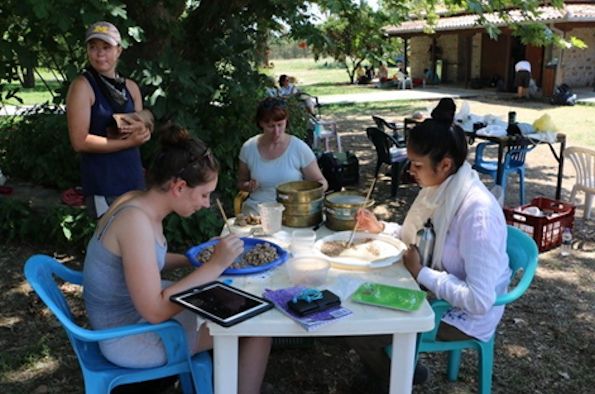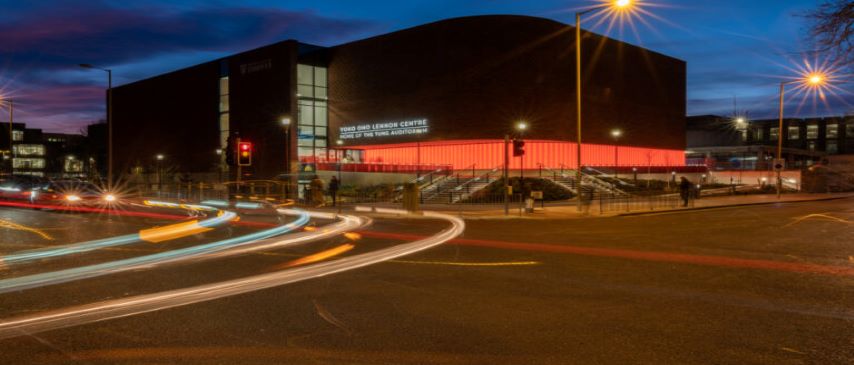
Why stuff matters to Ancient History: The Olynthos Project, 2017
- Georgia Petridou
- Suitable for: Anybody interested in the topic, including university staff and students and members of the public.
- Admission: This event is free and open to all. No registration neccessary, for further information please contact Georgia Petridou: petridou@liverpool.ac.uk
Add this event to my calendar
Click on "Create a calendar file" and your browser will download a .ics file for this event.
Microsoft Outlook: Download the file, double-click it to open it in Outlook, then click on "Save & Close" to save it to your calendar. If that doesn't work go into Outlook, click on the File tab, then on Open & Export, then Open Calendar. Select your .ics file then click on "Save & Close".
Google Calendar: download the file, then go into your calendar. On the left where it says "Other calendars" click on the arrow icon and then click on Import calendar. Click on Browse and select the .ics file, then click on Import.
Apple Calendar: The file may open automatically with an option to save it to your calendar. If not, download the file, then you can either drag it to Calendar or import the file by going to File >Import > Import and choosing the .ics file.
Sometimes, new discoveries change the way we view the remote past. This is because we actually know so little about places and periods that are simply not accessible directly. We rely on a few scraps of data, reported by people who were not, in fact, present, and who had an ambiguous relationship to what they describe. This is why new data is so valuable.
In 2017, researchers at ancient Olynthos discovered that the South Hill, which was the focus of the Archaic city, was absolutely full of structures, features, and roads. Many of these features extend beyond, onto the lower slopes. We now have the potential to know more about Olynthos than about any other community of the Balkan/ Aegean region in the period before the upsurge of Classical city building. Nor is it quite what we might have expected.
